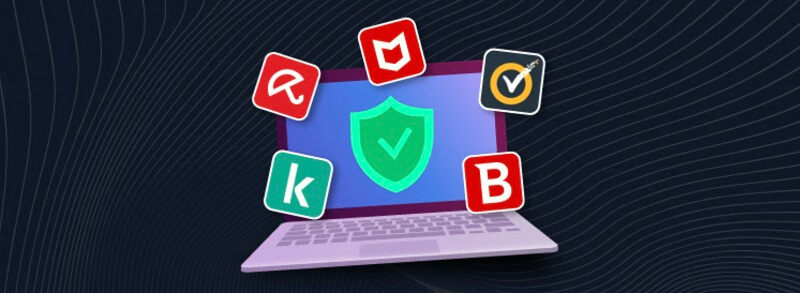
Hey guys, in this blog post, we are going to discuss the 12 requirements of PCI DSS Compliance. So keep reading.
All companies in the payment card ecosystem comply with the standards for Payment Card Industry (PCI) compliance as set by the PCI Standards Council. This is necessary as these companies’ cardholder data is highly sensitive. If your company is in this ecosystem, then you go through the laborious Payment Card Industry Data Security Standard (PCI DSS) compliance annually.
PCI Compliance
Cardholders provide sensitive data to payment industry companies while making transactions. Companies protect this data by following certain technical and operational standards laid out by PCI Compliance. Credit card companies ensure the security of this data by making PCI Compliance contractually mandatory.
12 Requirements Of PCI DSS Compliance
There are 12 requirements, including both operational and technical aspects. The compliance is both highly technical and expensive. You can reduce operations and compliance costs and ensure risk-free handling of payment card data by automating the compliance process. But this requires expertise, and sprinto.com is the best platform for PCI DSS compliance automation. Now, let’s look at the requirements for compliance.
Firewall Configuration
The firewall is the first layer of security for cardholder data. It maintains a secure network by restricting traffic, both incoming and outgoing. You must review the rules for its configuration twice a year to prevent insecure access.
Using Defaults Security Parameters
The default usernames and passwords for all the components in your system are publicly available and easy targets for hackers. So, wireless access points, devices, servers, and firewalls need custom configurations for usernames, passwords, and other parameters. You must change these for new installations and maintain inventories of the previous configuration.
Protecting Stored Cardholder Data
Cardholder data is the most important and secure data. So you must anonymize the data through industry standard encryption methods. Secure encryption key management is also essential. Specific tools are also used to prevent accidental storage of unencrypted cardholder data in logs and databases.
Encrypting Transmission Across Open And Public Networks
Using secure transmission protocols like TLS and others is essential to ensure data security in open and public networks. Otherwise, hackers can target this weakness to access card data when you transmit the data to the payment gateway or processor.
Antivirus Software
Malware in devices can render your system insecure. So, all terminals must have antivirus software that is regularly updated. The antivirus should also generate logs for audit.

Developing Secure Systems
The development process of all system components must include security requirements from the start. You should identify risks at every stage of development and deploy patches when security risks emerge.
Business Need To Know
Your system must give access to cardholder data on a need-to-know basis. You should have lists of users with predefined roles and privileges to ensure unauthorized users do not access privileged information like cardholder data.
Unique Id
All personnel must have a unique ID and secure password. You can use these unique credentials to map every access to cardholder data to a single user. Then, you can hold the person responsible in case of a breach in security due to their access to sensitive data.
Restricting Physical Access
Cardholder data needs protection from physical access or tampering. This means video cameras and security logs of access into the building of authorized visitors and personnel are maintained. This data is stored for 90 days. You should also physically protect all portable devices containing cardholder data and destroy them after use.
Tracking And Monitoring All Access
Any security breach starts with accessing cardholder data. So, you must maintain logs of every access to this data. These logs must be stored in a central server and reviewed daily for suspicious activities with specific tools. Auditing processes must be up to PCI DSS standards, storing all the required records. This must be securely stored for at least a year.
![]()
Regularly Testing
All systems have vulnerabilities and new ones are discovered regularly for exploitation. So, there must be a system in place to continually test securities. These include quarterly wireless scans, quarterly scans of external IPs and domains, quarterly internal vulnerability scans, yearly penetration tests for external IPs and domains, and weekly file monitoring.
Information Security Policy For Personnel
It would help if you implemented a policy for the information security of all your employees, vendors, and contractors. This policy must be reviewed each year and circulated and acknowledged by all personnel after review.
There are several more requirements for PCI DSS compliance. Don’t let the process intimidate you.

